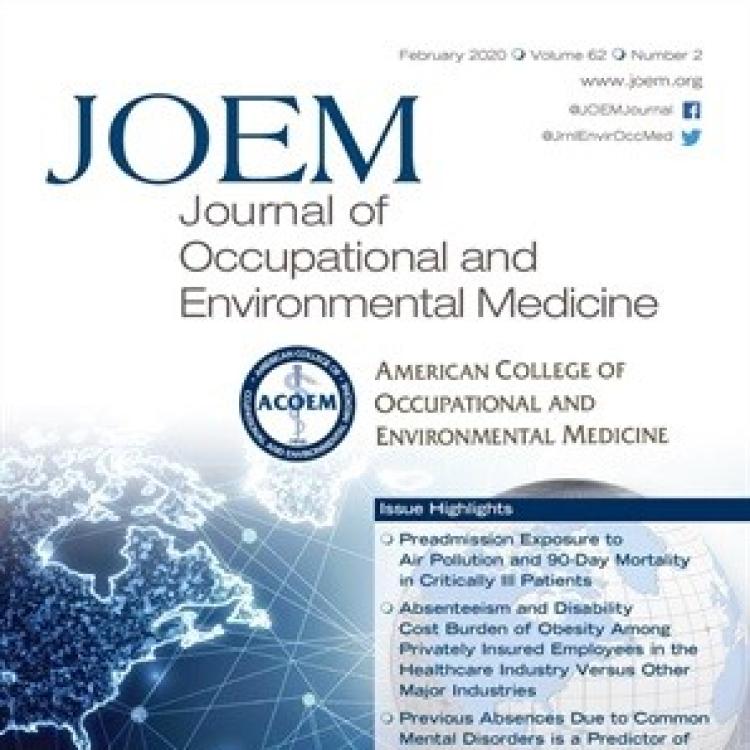Increased quality of life and reduced absenteeism are just two of the many indirect benefits that can result from a medication or medical technology. But in this time of value over volume, how can we incorporate indirect benefits into value assessment frameworks? And is doing so important to stakeholders?
In new research published in the Journal of Occupational and Environmental Medicine, researchers at the National Pharmaceutical Council and RTI Health Solutions sought to evaluate how institutional barriers prevent the inclusion of broader individual and societal benefits associated with new health care innovations from being considered when assessing the value of medical treatments and making health care coverage determinations.
Because value assessments can affect patient access to innovative new medications and treatments, it’s essential to include all relevant factors in value calculations, including those outside of narrow clinical measures such as productivity, caregiver burden and quality of life. These are known as “indirect benefits,” and can have a significant impact for patients, families and the economy. For example, the U.S. Centers for Disease Control and Prevention estimates that absenteeism and lost productivity associated with poor health cost U.S. employers more than $225 billion every year.
The research team surveyed health insurance providers, pharmacy benefit managers, employee benefit consultants and employer groups in the United States to understand respondents’ opinions regarding barriers and solutions to evaluating four indirect treatment benefits: absenteeism, presenteeism, caregiver burden, and quality of life.
While all respondents rated traditional outcome measures such as efficacy, safety and cost as highly important in value assessments, survey results showed that the inclusion of indirect benefits was of low importance to payers, but of higher importance to employer stakeholders. The difference of opinion was most striking around absenteeism.
“Several factors may explain this disconnect, including the fact that employers can shift the cost and risk of health care to payers, but they cannot shift broader impacts of lost productivity and functional status outside of their organizational boundaries,” said Michael Ciarametaro, MBA, vice president of research at NPC and one of the study’s authors. “While the employer values improvements in productivity and can gain economically by the use of medications that improve it, payers do not economically gain from workers’ productivity.”
Both groups agreed that the difficulty of measuring the benefit accrued from improvements in the benefit categories is a barrier to their inclusion, as is the lack of resources to collect and analyze the data. Payers also acknowledged such cultural barriers as the perception that indirect benefits have no value.
However, nearly half of respondents agreed that certain medical conditions—those that involve treatment over long time periods and that result in disability—were more likely to result in increased burden of care and that, for these conditions, a consideration of indirect benefits was more likely to occur.
The researchers concluded that therapies that improve physical or mental function accrue benefits both directly and indirectly and can only be adequately assessed if measurement standards for indirect benefits and quantifiable measures are established. Absenteeism was perceived as having the most potential to provide indirect benefit measures.
“Because the absenteeism measure has the fewest measurement challenges and is valued by employers, efforts to incorporate broader benefits into value assessment should begin with absenteeism,” said David Wamble, PhD, MBA, director of health economics at RTI Health Solutions and a study author.
This work was completed against the backdrop of a rising trend in the development of value assessment frameworks to help inform patient, provider, and health care purchaser decision-making on the value of new medical technologies and medications. Such diverse organizations as the American College of Cardiology, Institute for Clinical and Economic Review, and Memorial Sloan Kettering Cancer Center have developed value-based assessment programs. The goal of these frameworks is to estimate the improvement in patient outcomes from a pharmaceutical product or technology and the increased and/or offsetting costs associated with use of that technology compared with other available treatments.
